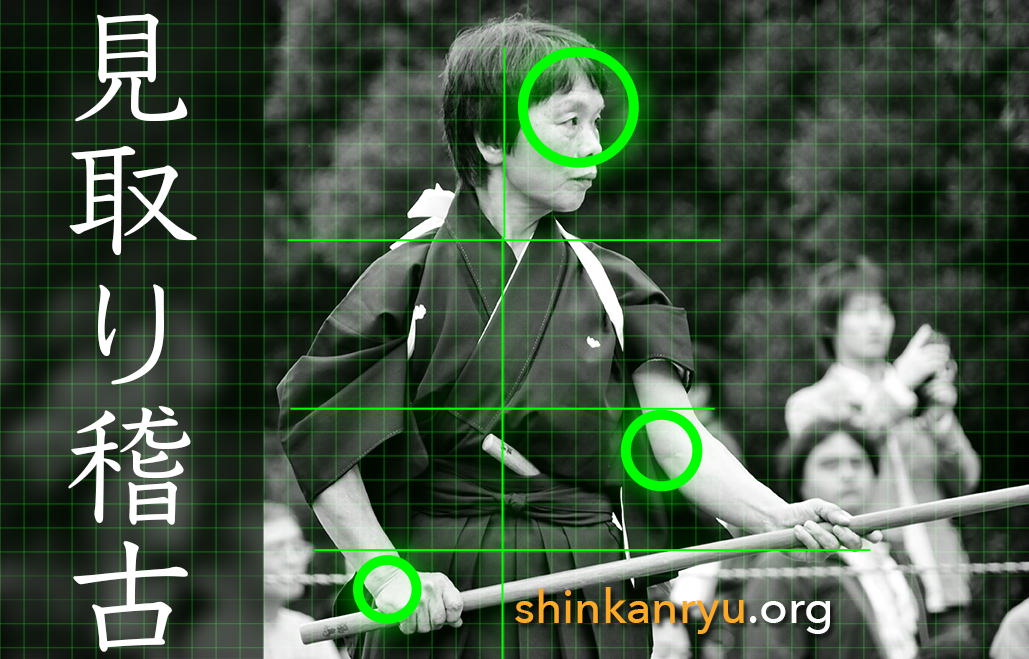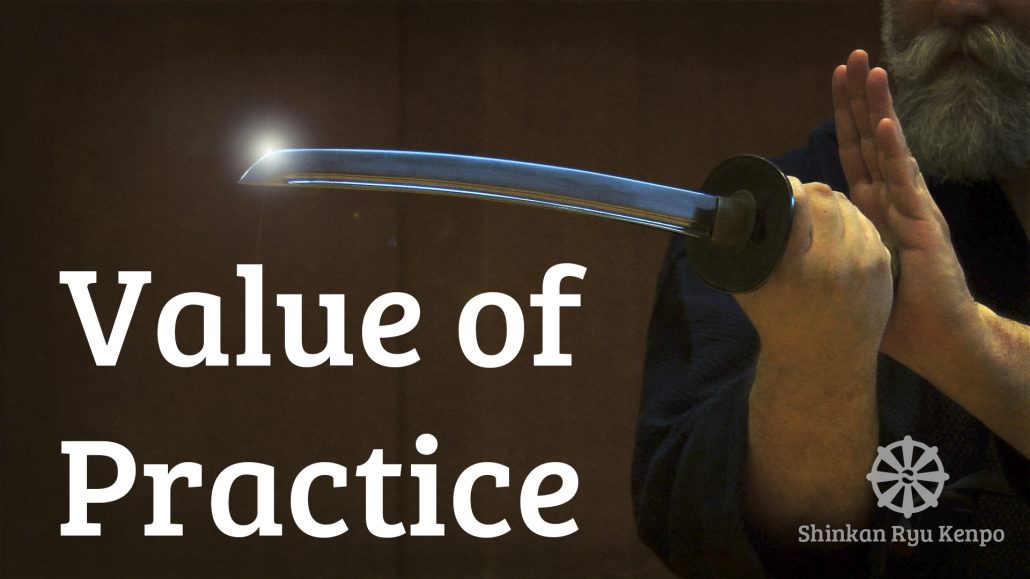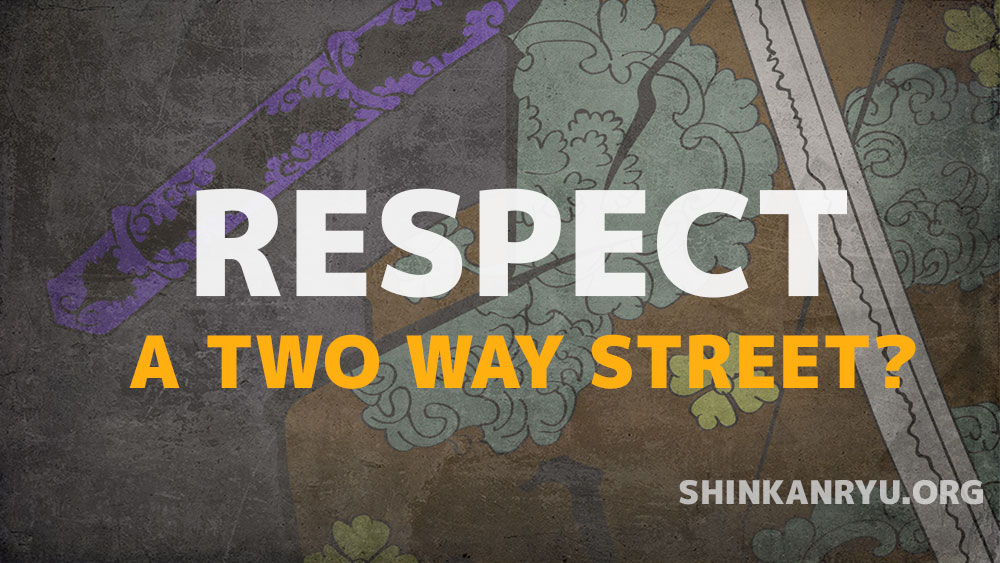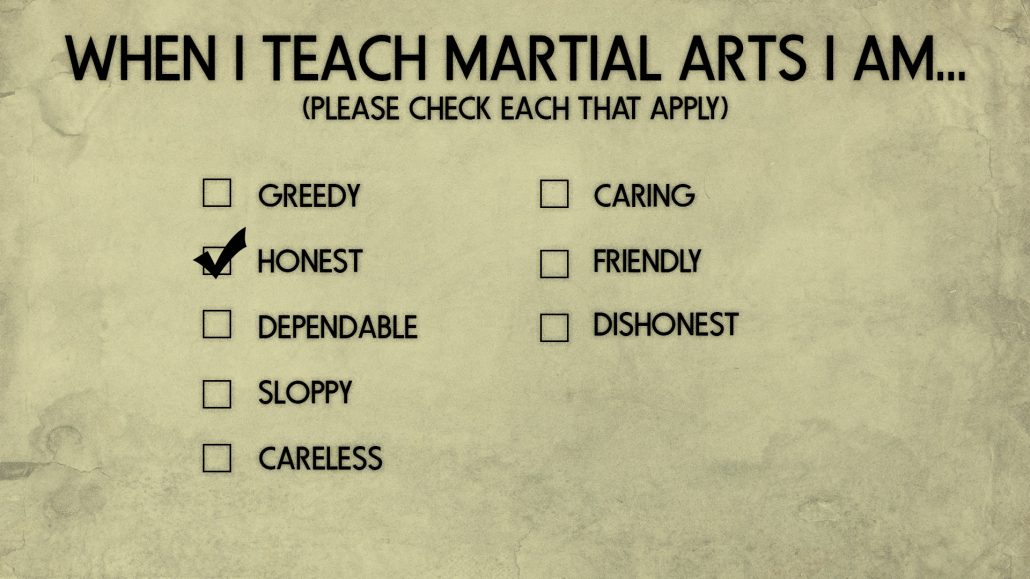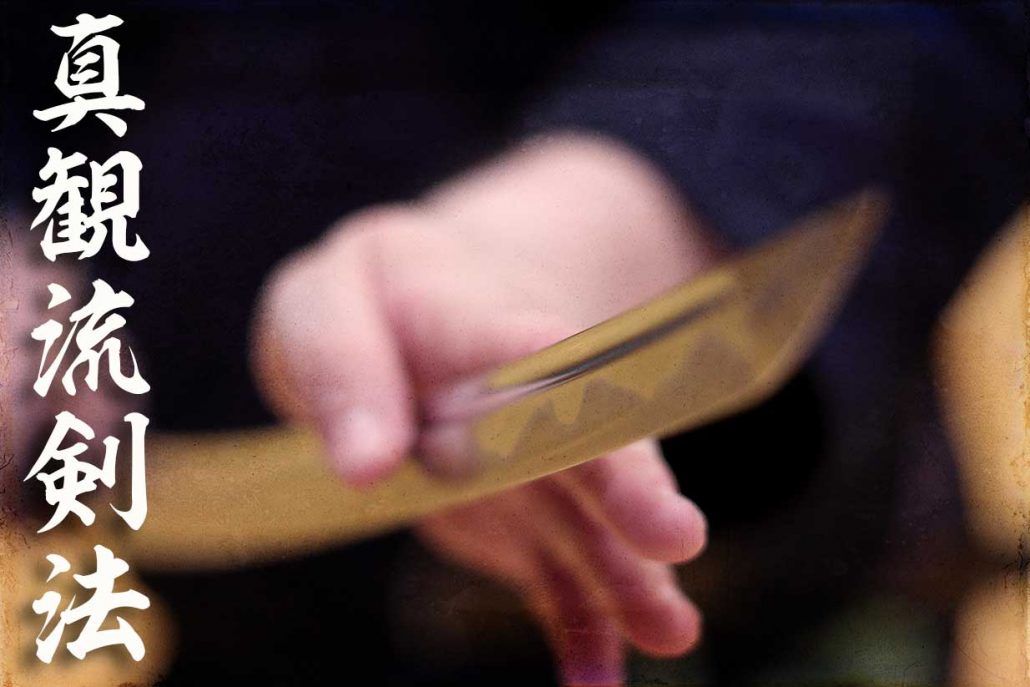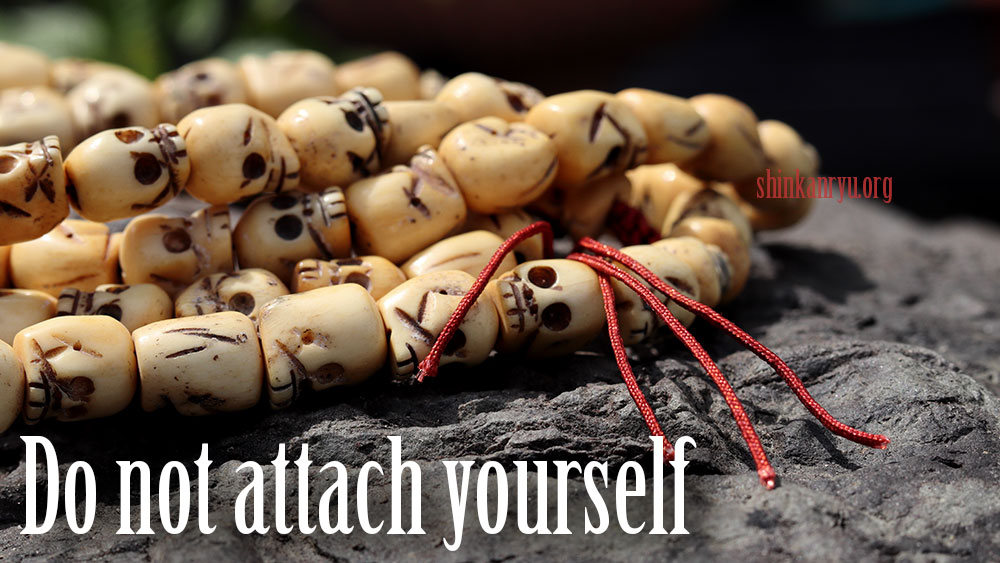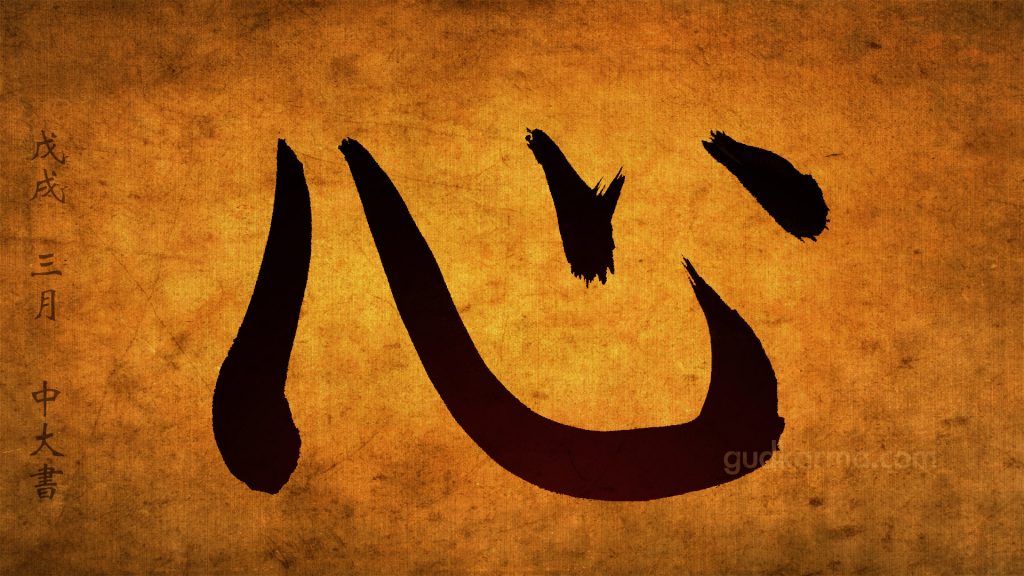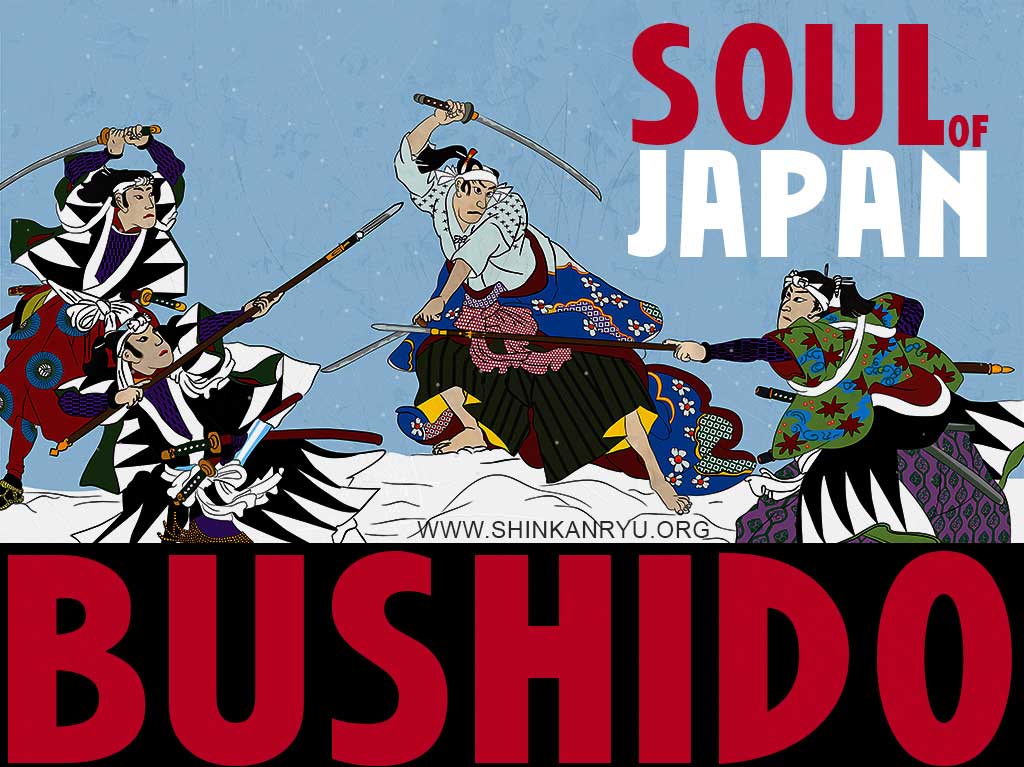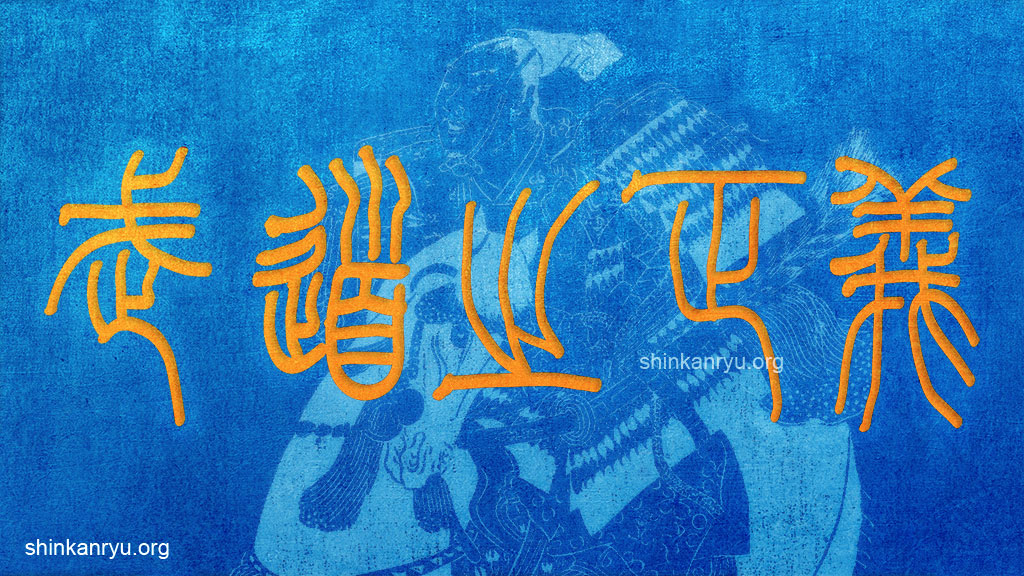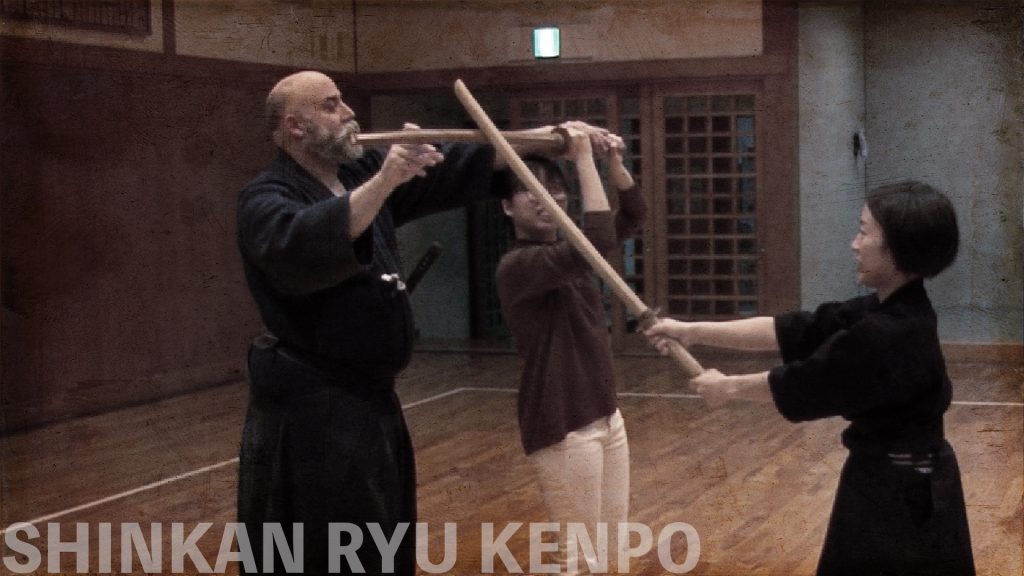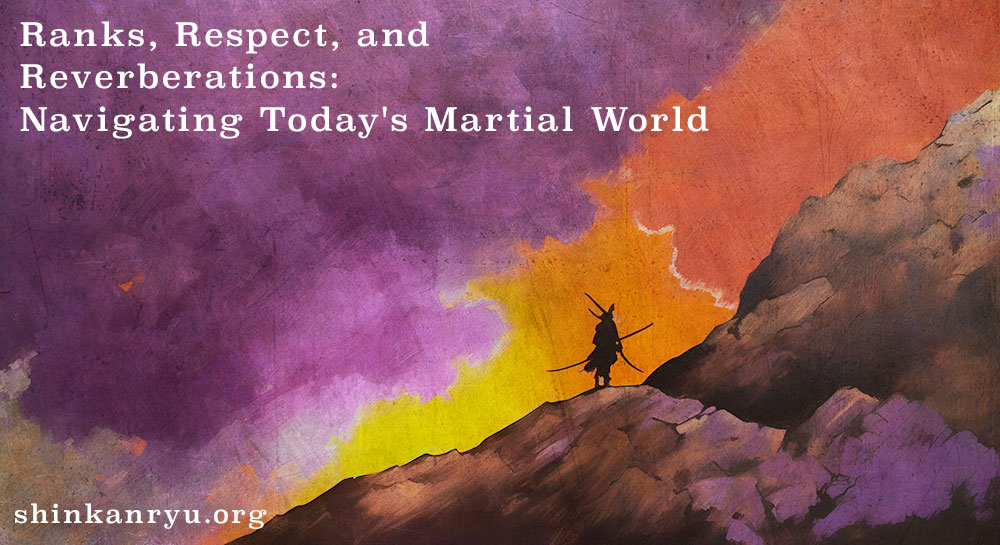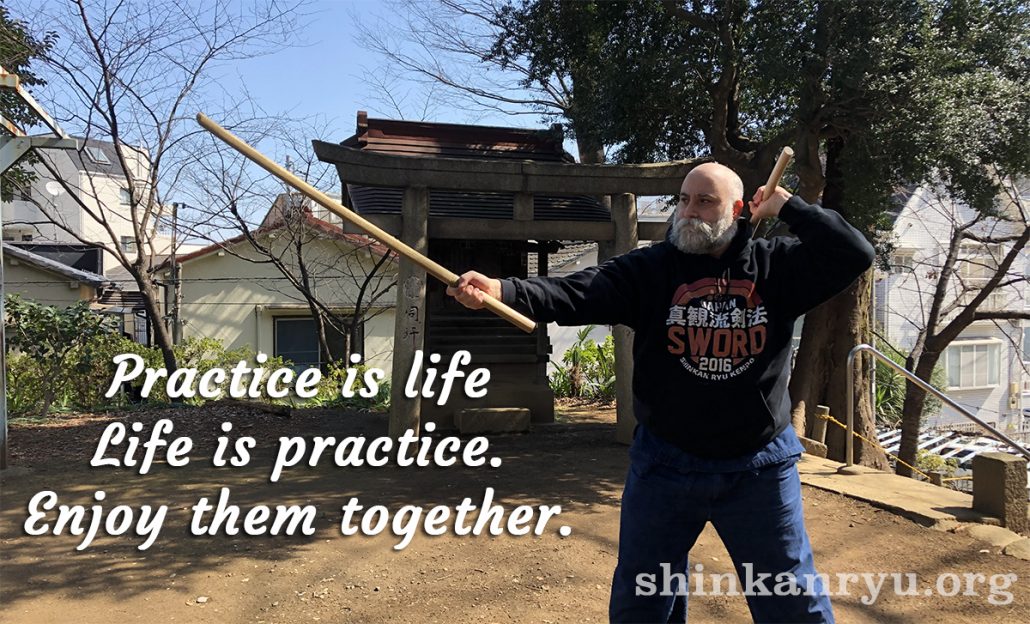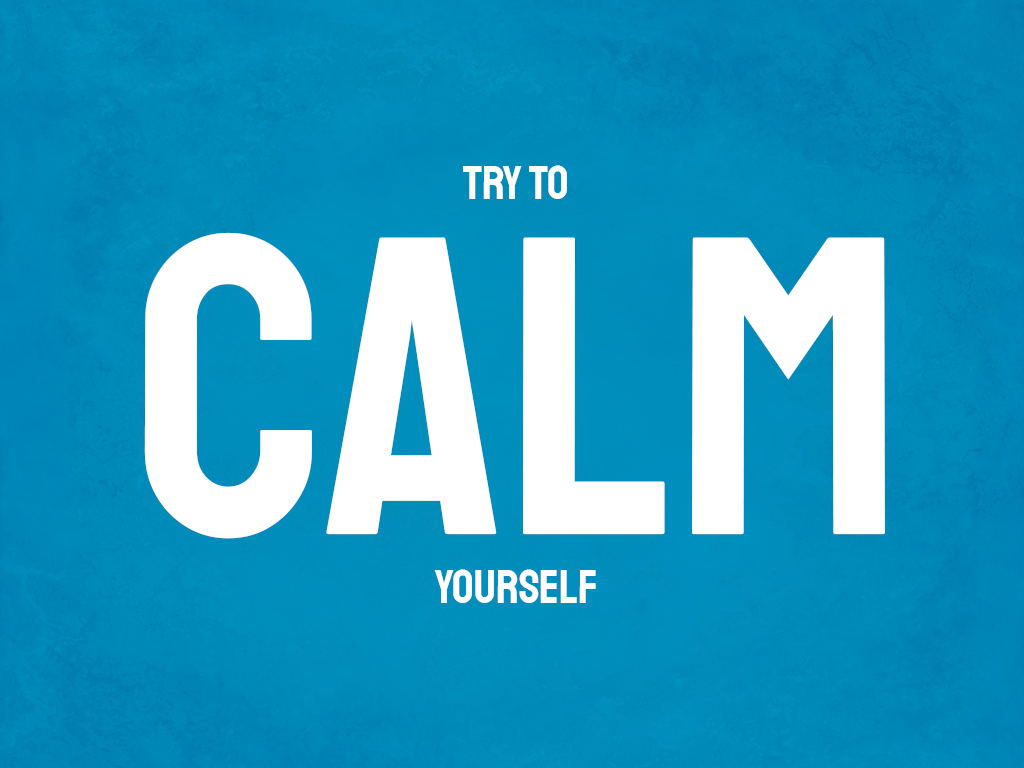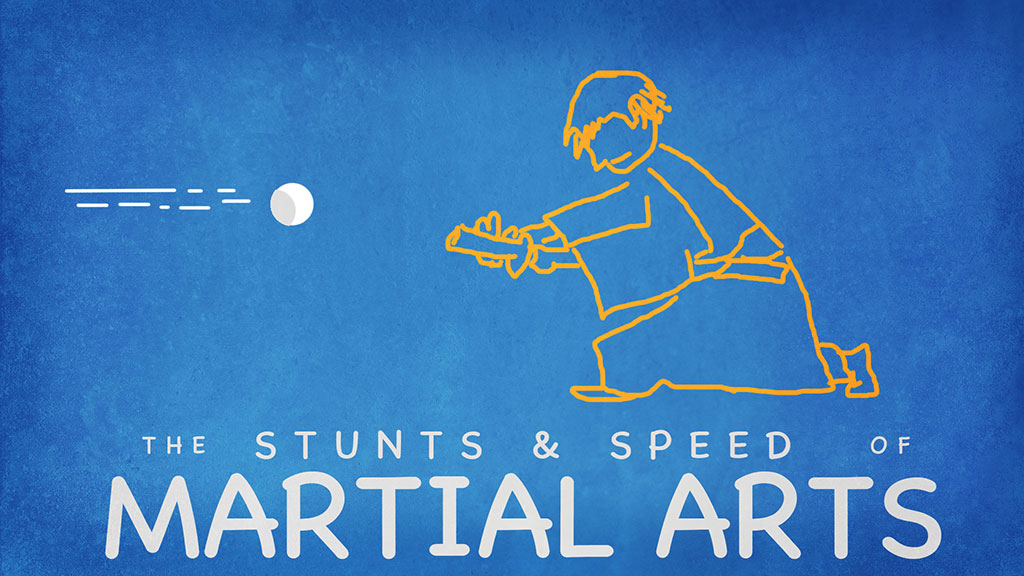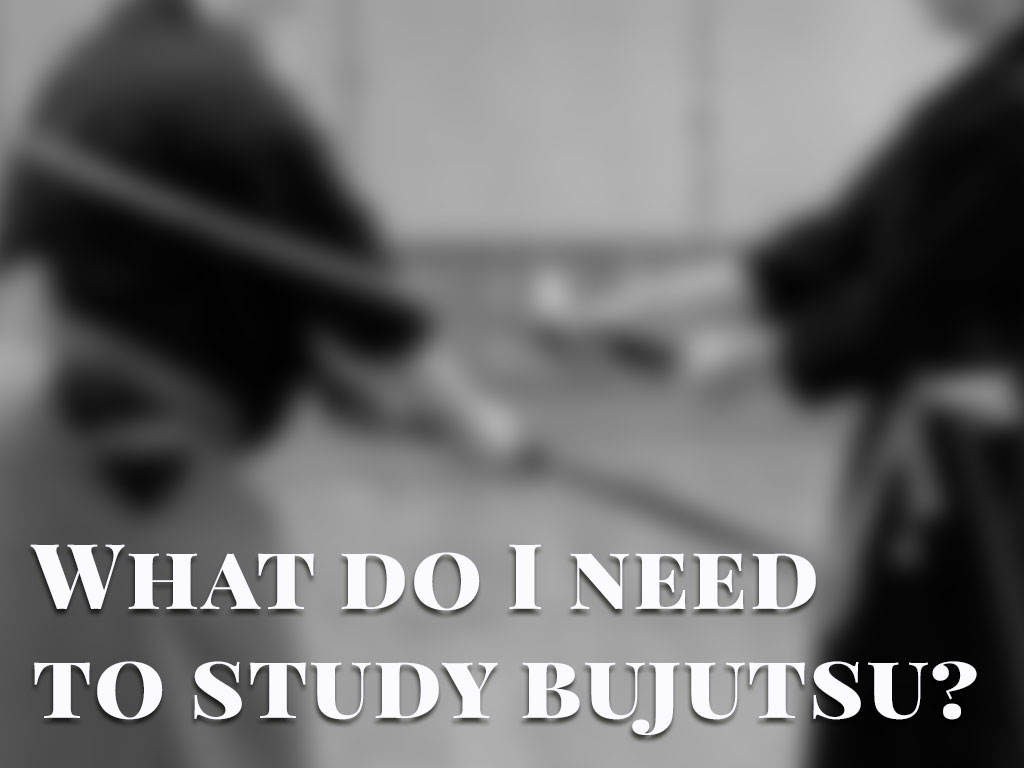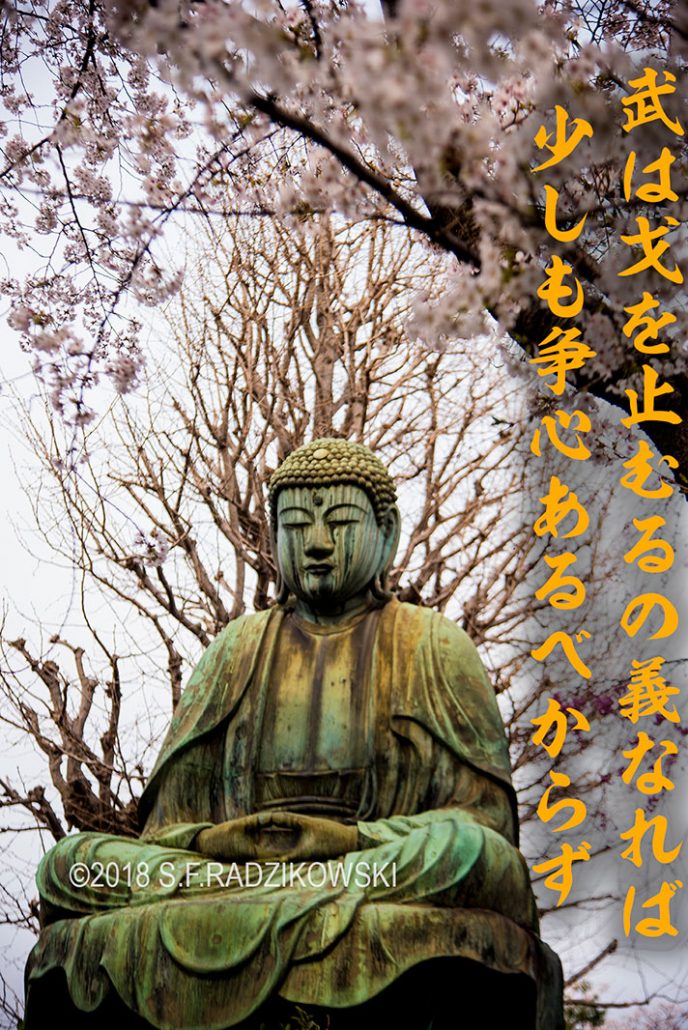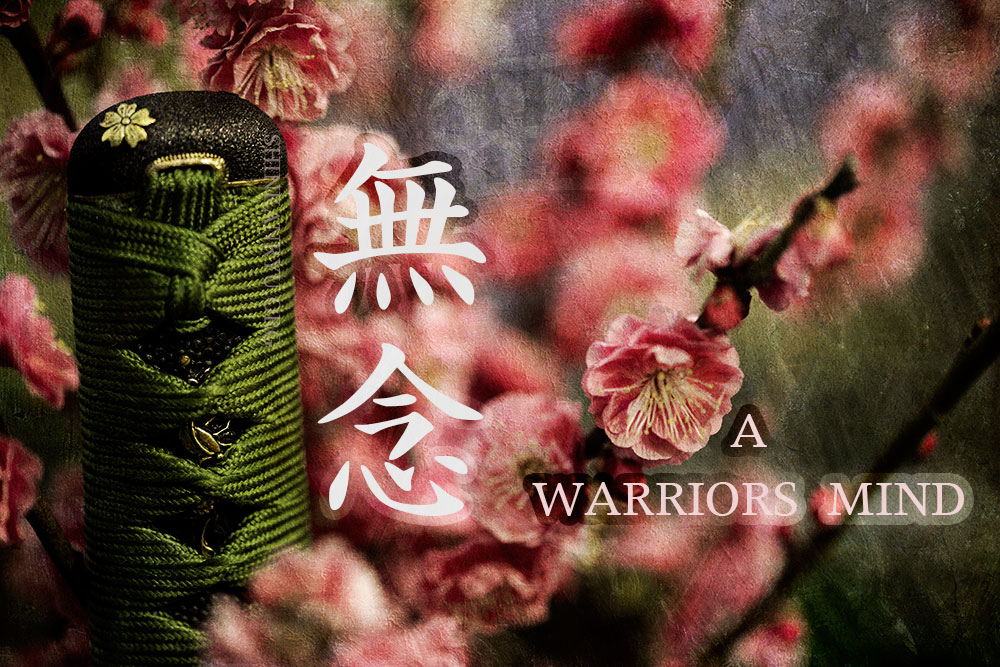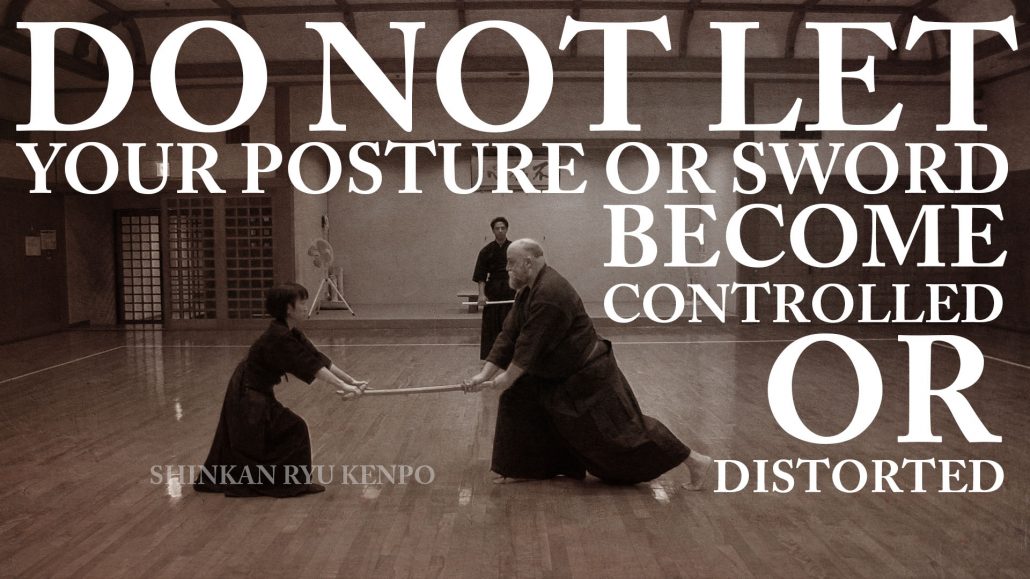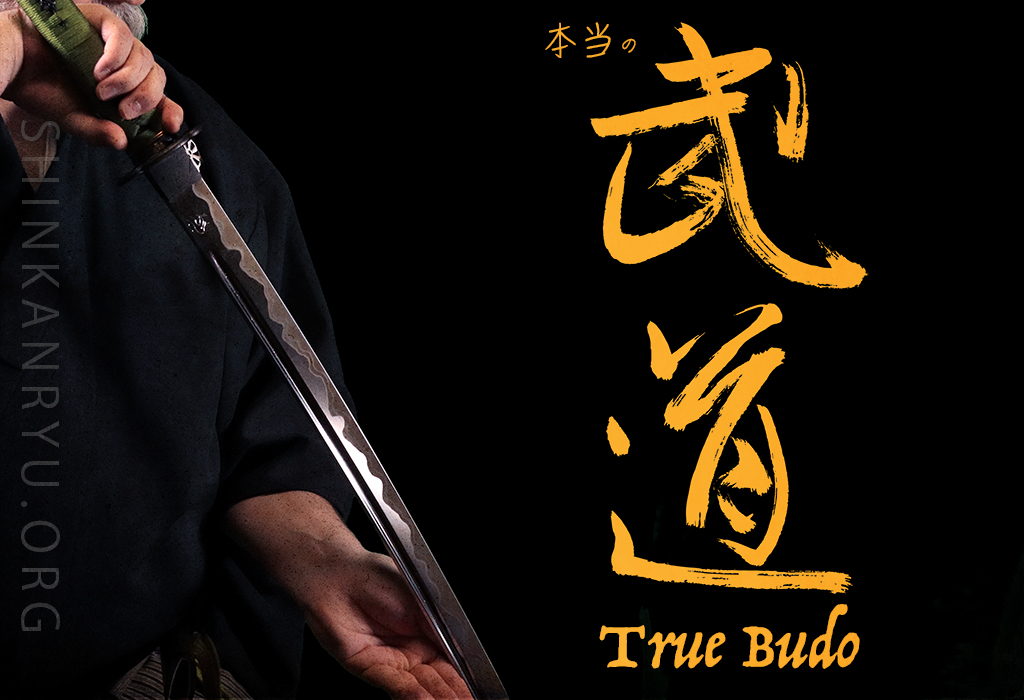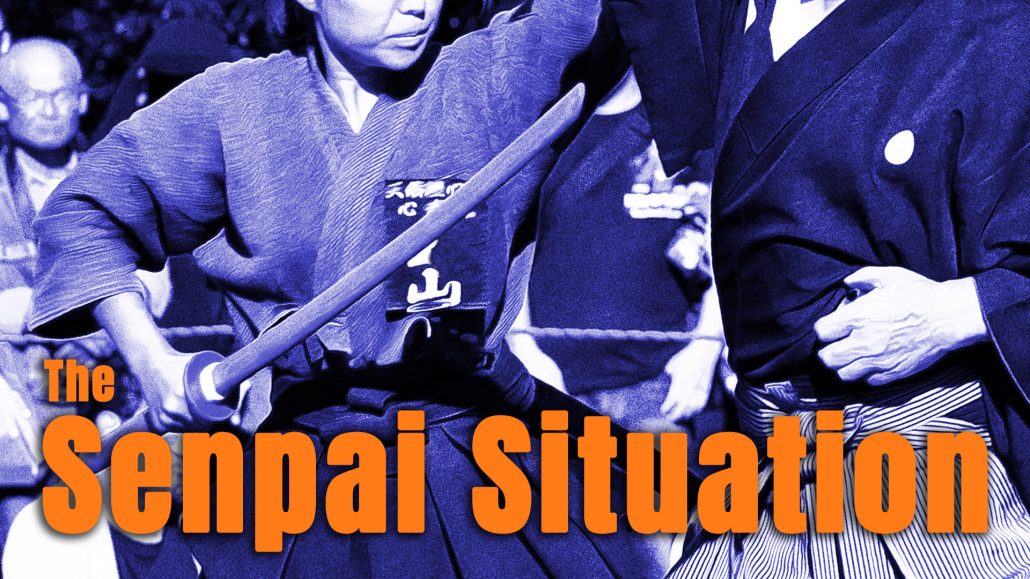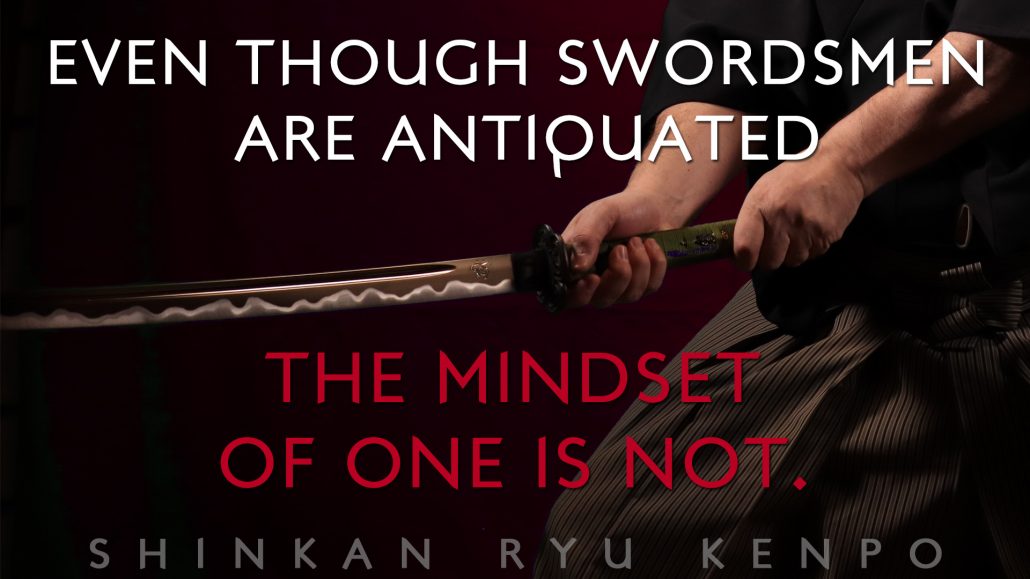Present and switched on
The method of critically watching practice is commonly referred to as Mitorigeiko. Last week I was having conversations with one of my students, as well as myself, about the subject of mitorigeiko. So what exactly is it, and is it useful or important? How do you engage in this type of practice?
Mitorigeiko is made up of three kanji, mi 見 to look, tori 取り to take, and keiko 稽古 to contemplate antiquity, or what has come before. Keiko is a word often used for practice in bujutsu and other arts. On the surface, mitorigeiko is a pretty easily understood expression. Look at practice and take something from it. Just like you take something from physical practice.
It is not about just being in attendance at the dojo and looking around. When I broke my wrist a few years ago, I attended practice. I used one hand for some parts of the day, but for certain parts of practice, it was impossible. For those parts, I could only watch. In that case, I performed mitorigeiko.
I didn't just drink pocari-sweat and look around willy-nilly in the dojo. Watching my teacher and analyzing his movements was important. I watched him correcting other students. I evaluated other students and compared my skill and form to theirs. What am I doing right or wrong in comparison? That is proper mitorigeiko.
Been Around Before the last Ice Age
I believe there is a second part to this. People can record themselves nowadays. I have mentioned before that this self-filming idea is often met with a scoff from a few budoka who seem to think it some kind of narcissistic problem, and a waste of time. However, the facts as I see them are that learning by watching has been a part of human education for eons. Formal Bujutsu training also uses it. You watch your teacher, and you repeat what your teacher did. Why is watching ourselves or our teachers on video so different?
Recording yourself and critically watching what you do and what your teacher does is a beneficial tool. I routinely videotaped myself in practice and would check what I did. It is beneficial to gain a clear idea of how we move in an objective sense. We have idiosyncrasies in posture and movement we are not always aware of, therefore reviewing our practice and waza is a great way to improve our bujutsu.
We are wasting our time if we attend a practice for two or three hours and then go home. Repeating this once or twice a week is only going to do so much. Even if you did this more often it can just be so beneficial. You have extra tools at your disposal. Mitorigeiko is it. Watch your teacher and try to emulate his movements using the information you have gleaned from your time in mitorigeiko. It is almost criminal how many martial artists do not use this tool.
Sprained Ankle? Sit at the Dojo with a notebook and ice pack.
Mitorigeiko is also extremely beneficial when we have an injury and can not train. My arm hurts, I have a sore shoulder are not reasons to stay at home. Going to the dojo and participating in mitorigeiko is advantageous. It also shows your teacher that you want to learn. How many of us are showing our teacher and others in the dojo that we do not want to learn by skipping practices often and never taking something like mitorigeiko as serious as we should?
Grab that budo-notebook and pen. Take notes. Even ask your teacher if he could demonstrate for your iPhone so you can compare yourself and him later on. By the way, NEVER NEVER NEVER record your teacher or practice without asking permission first. Especially if you visit Japan and are training at a dojo or gasshuku here. Always ask first. One other thing, being hungover and not going to practice especially during a gasshuku will show your teacher and fellow students you are not serious about training. I could argue its a lack of respect towards your school as well. Grabbing some water and aspirin and heading to the training with your notebook is the least you can do.
I am continually admonishing my students to watch the forms that I demonstrate and look at their performances and compare whats going on. Bujutsu has a lot of subtle qualities. Early on though, the gross movements are something that we can see with more clarity using good mitorigeiko.
Focus On What Needs To Be Focused On
These ideas can be confused with wanting to learn the sword and watching a myriad of iaido videos. This is NOT mitorigeiko. This is cramming bits of different styles into your head and trying to make something. Frankenstein budo is only going to hurt you more than help you in the end. Youtube can be a great resource, but we have to use mitorigeiko properly. It isn't about just watching and copying. It is analyzing yourself and your teacher. Trying to distill what you need to be working on for yourself.
Perform mitorigeiko on your teacher and yourself. Practice needs to be ruminated on and analyzed when you aren't at the dojo. One thing I always did was try to emulate how my teacher moved his sword. I performed very intense mitorigeiko every time I saw him practice or teach others. We should be diligent in our observations.
Thank you for spending time with my ideas.
©2018 S.F.Radzikowski

ラジカスキー真照
館長Saneteru Radzikowski is the head sword instructor of Shinkan-ryū Kenpō. He lives and teaches Iaijutsu and Kenjutsu from Nara, Japan.
What Value Is In Martial Arts Training?
Someone asked, “What value is there in martial arts training?” I reflected, what do I...
Respect is a two way street in martial arts
Respect is a two-way street, however, how many people are driving recklessly? “If you want...
Honesty and the Martial Arts Hermit. Being a good budō teacher and student.
When people want to find a martial arts teacher, do they often think of mister...
Narrow Minds Walk Narrow Paths
Narrow Minds Walk Narrow Paths There are a lot of martial arts to enjoy. There...
Attachment, Budo & Impermanence
It is worth a lot to be mindful of the ebb and flow of all...
When Protectors Become Perpetrators: Martial Arts Community Failures
Recently, a martial arts instructor (Budo Teacher) faced defamatory accusations in a public forum. A...
Basic Blocking In Kenjutsu
Please enjoy this informational budo video about sword blocking in classical Japanese kenjutsu. https://www.youtube.com/watch?v=_NfMrHpeGKM
The Martial Arts Heart
Budo values reflection and compassion. When these are not present it is hard to develop...
Bushido: The Soul of Japan
The code of the samurai is always popping up in martial arts circles and popular...
Code of Bushido Righteous Heart
Being righteous and doing the right thing is one of the foundations of body and...
Cómo aprender Kenjutsu?
Aprender cualquier cosa tan profunda como un arte marcial requiere de un maestro. El kenjutsu,...
Ranks, Respect, and Reverberations: Navigating Today’s Martial World
In the hallowed path of martial arts, the journey has always been as significant, if...
Budo Thoughts: Practice is life.
Practice is life. Life is practice. Enjoy them together. Enjoying morning keiko outdoors. The smell...
You With Sword In Hand, Calm Yourself
The mental issues involved with subscribing to someone you dislike, hate, have anger towards, desire...
Speed, Martial Arts and Samurai Theater
What’s the difference between bugei 武芸 (martial arts) demonstrations and stunts? People are awed by...
What do I need to study bujutsu?
Learning a traditional bujutsu, koryu, or comprehensive martial art is best approached as a serious...
The Mind According to Saito Yakuro of Shintō Munen Ryū 斎藤弥九郎神道無念流
「武は戈を止むるの義なれば少しも争心あるべからず」斎藤弥九郎神道無念流練兵館 斎藤弥九郎 Saito Yakuro, Shindō Munen Ryu instructor of the famous Renpeikan in Edo once...
Munen Muso And Mushin The Warriors Mind
What is the difference between munen and mushin? These concepts outline the ideal mental state...
Sword Control
We should not let our mind or body or sword become contorted or controlled by...
What is true budo?
Studying the arts of fighting leads to peace. The pursuit of martial arts has one...
What Is A Good Senpai In Budō?
I have discussed teachers and students within martial arts. The senpai-kohai relationship is just as...
The Old Is Not Distant
This is important to understand when practicing historical or classical martial arts. Although the sword...


